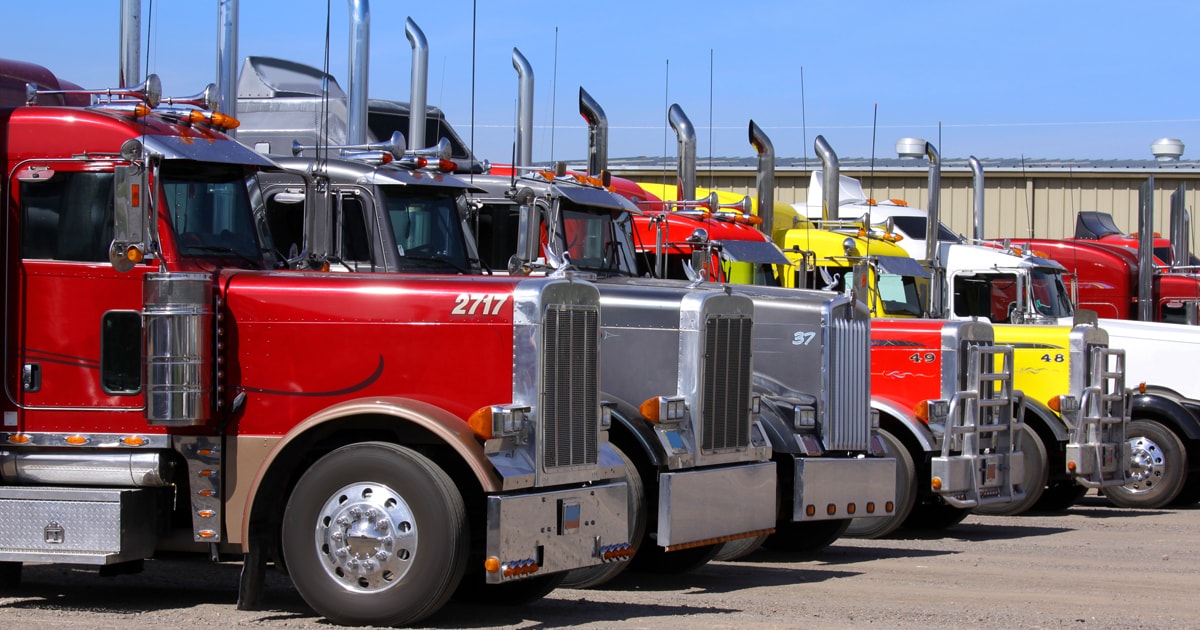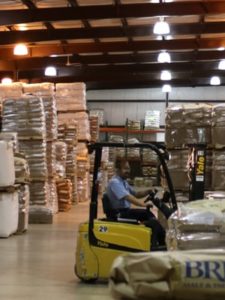
Recently I was in a meeting discussing a customer complaint about the receiving of some damaged bags of malt. The use of a Volume Carrier was suggested as a possible solution for this customer. While I was certainly familiar with Truckload and Less Than Truckload (LTL) Carriers, this was the first time I heard of another option. After learning more about how they work, I thought others might find it valuable to better understand the pros and cons of the volume carrier option as I did. With a little planning, this freight option can help control your costs, while limiting the exposure to damage in transit. It’s a Win-Win scenario, so let’s take a closer look to see if this freight option can help your brewery or distillery.
At Briess, our volume carrier is a company called Wisconsin Nationwide. We explore this option with customers who are routinely ordering at least 5 or more pallets per order. Once a customer is getting 10,000 lbs or more shipped per order, and they can handle a little longer time from order placement to delivery, a volume carrier can save a significant amount.

For instance, we recently had a customer in Utah order 17,100 lbs of product. If we hired a Truckload carrier, it would have cost $3,100 which wasn’t a viable option for that low of a quantity. An LTL carrier would have handled the shipment for $2,111.08, but Wisconsin Nationwide was able to do it for $1,387.38 saving the customer $723.70. That kind of savings is nothing to disregard, especially considering this customer could have 35 similar shipments this year. Therefore, they could potentially save over $25,000 in freight costs over a year, using Wisconsin Nationwide vs. using an LTL Carrier. This kind of savings is significant for any business.
The only caveat for a volume carrier is the lead time. Wisconsin Nationwide picks up at Chilton every Wednesday, and in the case of this customer, delivers shipment the following Wednesday. The LTL carrier would have this order delivered 2 days after shipment.
The other difference between these types of carriers is how they actually work. Had we used an LTL carrier, these pallets would have been worked through their hub system, potentially getting offloaded and reloaded multiple times before reaching their destination. While getting there very quickly, the potential for damage increases every time the pallets get handled. The volume carrier, on the other hand, will pick the order up, take it back to their warehouse, build a truck worth of material to go to that particular city/region, and ship once a full truck is ready. Pallets will have been offloaded and reloaded only once before arriving at the destination, greatly reducing the risk of damage.
Therefore, if you are typically ordering 10,000 lbs at a crack, want to decrease freight costs, can handle a slightly longer delivery time, and want to help assure your product arrives in the best possible condition, ask your Customer Service Rep or Divisional Manager if a Volume Carrier is a good option for you.



